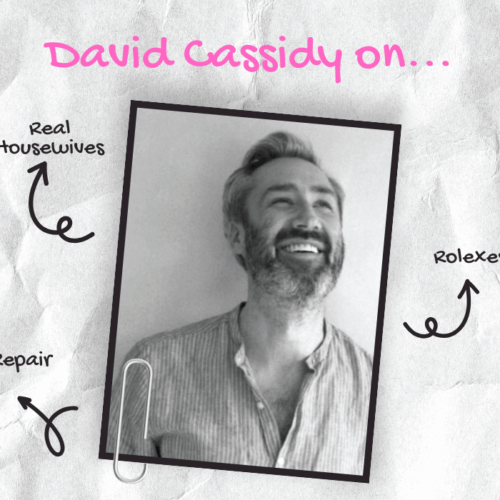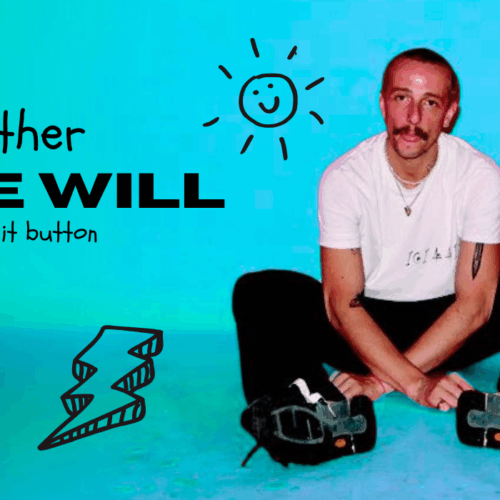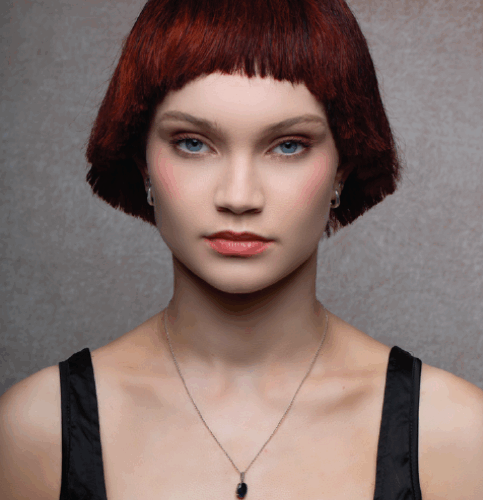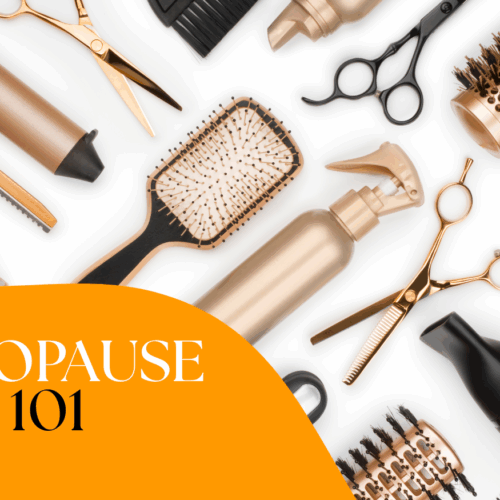Q WHAT CAUSES HAIR TO FALL OUT?
Chemotherapy is a drug designed to attack and kill rapidly dividing cancer cells. However, since the hair follicles are some of the most prolific cell producers in the body, the treatment can often attack these healthy fast-growing cells by mistake. Whilst not all chemotherapy drugs can cause hair loss, it should be noted that – primarily due to the nature of the treatment and stress associated – it would be expected for some thinning to occur regardless of the case.
Q WHAT PRODUCTS CAN CLIENTS USE AND AT WHAT STAGE?
The scalp will begin to feel dry and itchy, so I recommend clients gently apply a moisturising liquid or emollient (unperfumed) such as Hydromol, Doublebase or Oilatum. Remember, six months is the key time to let pass after treatment before starting anything new with your hair – unless an oncologist advises otherwise.
Q HOW SHOULD CLIENTS TREAT THE HAIR AS IT GROWS BACK?
After treatment, clients should not be washing their hair more than twice a week. In order to keep the scalp clean and healthy, I recommend the hair is washed at least every 10 days.
The scalp may be itchy and sensitised, so sulphates and parabens should be avoided. Contrary to popular belief, avoid baby shampoo too – this may be too strong for a sensitive scalp as its alkaline based. It’s best to use a hypoallergenic shampoo and conditioner, and also avoid perfumed and coloured products. Once the hair has started to grow back, Nioxin styling products are great for giving a thickening effect to fine hair.
SCALP COOLING:
Scalp cooling, also known as cold capping, is a way to help reduce and manage chemotherapy hair loss. One of the leaders in this technology is Paxman.
The treatment itself is relatively simple – a cap, which comes in two sections (an inner cap and an outer cover), is worn for a little while before, during and after a chemo infusion. The treatment is administered by a trained medical professional who attaches the cap to a system. This circulates coolant liquid around the inner cap, reducing the temperature of the patient’s scalp.
Q HOW DOES SCALP COOLING WORK?
Reducing the temperature of the scalp helps to protect the hair follicles, limiting the damage caused by the chemotherapy drugs.
Q DOES IT STOP HAIR FALLING OUT?
Firstly, there are no guarantees with scalp cooling. However, as a professional hairdresser, it is great to be able to point your client in the direction where they can make their own choice. How much hair they lose through scalp cooling is dependent on a number of factors – predominately the chemotherapy regimen they are on. Whilst all patients should expect some level of shedding, scalp cooling will still work to protect the follicles, minimise hair loss and encourage faster regrowth.
Q HOW CAN YOUR CLIENT HAVE SCALP COOLING?
This is carried out to adult cancer patients at the hospital during chemotherapy.
QUICK TIPS:
● When shampooing, avoid circular rubbing movements as this can tangle the hair.
● Pat the hair dry after shampooing – use an old T-shirt, these are generally softer than towels.
● Use a soft brush and brush daily to remove loose hairs.
● A silk pillow is best for sleeping on to minimise matting the hair.
● Be prepared for texture and colour to be different after regrowth.
● Avoid dandruff shampoos.
● Avoid heated styling tools and keep the hairdryer on a cool setting.
● As much as possible, style the hair using the fingers rather than a brush.
For more information, click here





